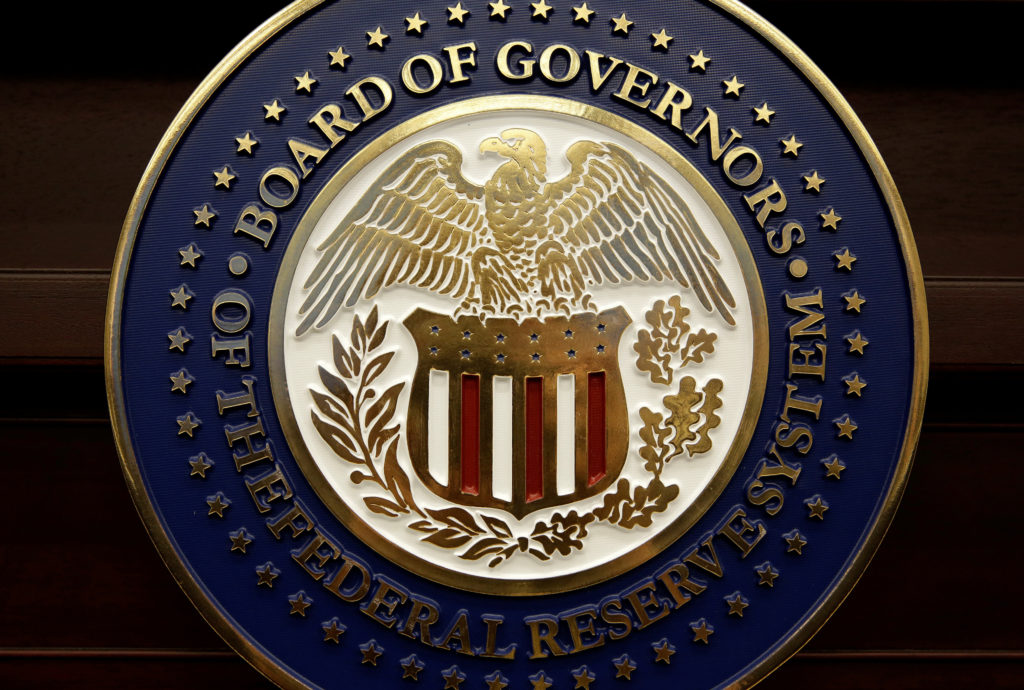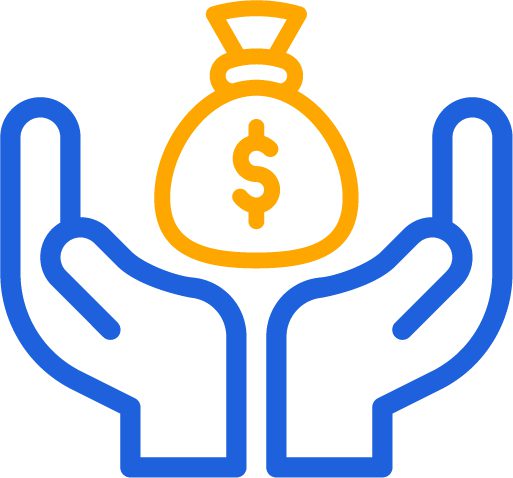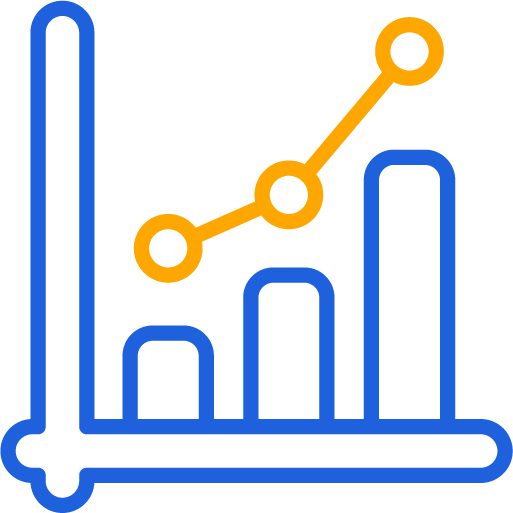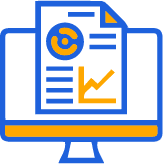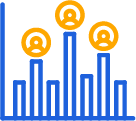With the S&P 500 temporarily down 21 percent from its January high, it is quite tempting to start attempting to pinpoint the conclusion of the selloff. The difficulty is that just one of the prerequisites for a gathering is in existence, that everybody else afraid. That worked wonderfully for predicting the commencement of the 2020 comeback, but this duration through isn’t enough. The other criteria are that entrepreneurs start to see a path through the problems, and that government officials begin to aid. Without them, the danger is a succession of bear-market recoveries that don’t persist, hitting dip purchasers as well as further undermining market confidence.
/GettyImages-487808414-5931fc44ddbc42729f186c3dca88c2da.jpg)
Broker Review Contents
Stock Market Concerns
That self-assurance is already shaky. Institutional investors polled by Bank of America, individual investors questioned by the American Association of Financial Advisers, and economic publications assessed by Venture capitalists Insight have already reached March 2020 levels of stock market concern. Alternatives that safeguard from market declines have also been less prevalent since then. And, according to the University of Michigan, consumer sentiment is really worse than it used to be. That was enough in 2020, since commercial politicians and businessmen were also terrified. When they weighed in, it showed shareholders that enterprises might succeed with state assistance.
Stock Prices downfall
This time, monetary authorities are worried about inflation, not plummeting markets or the economy. Sure, they’ll fixate on finance if anything huge goes wrong with the banking system, and a catastrophe may force them to reconsider rate hikes. For the time being, however, decreasing stock prices are considered as a natural consequence of tightening monetary policy. It is rather than a justification to trigger the “Fed put” and rescuing shareholders.
Federal reserve downfall
The Federal Reserve was a consistent component in the 20% decreases. The market has bottomed out each time the central bank has loosened monetary and fiscal policy, with the equity market’s decline perhaps prompting the Fed to consider the dangers more carefully than it would otherwise. The biggest fear is that this period may be similar to 1973-1974. Inflation is still the country’s top problem, due to a military conflict oil price shock. The inflation shock struck again when the Fed kept interest rates much too low given the magnitude of governmental stimulation. Preferred equities, the Nifty Fifty, and related abbreviations had surged in previous years, just as they did then.
Risk of Recession
Most importantly, although as a recession loomed in 1974, the Fed continued to raise rates to keep up with inflation. The upshot was a terrible bear market punctuated by conscience transitory recoveries, two of 11%, two of 9%, and two of 9%. The bottom was achieved 20 months later, not unexpectedly when the Fed started to get seriously about decreasing rates. This time hasn’t been quite as disastrous for stocks, owing to the fact that the world isn’t in recession. If inflationary level falls, the Fed will not need to increase interest rates any more than it has suggested. It will be a significant help to the equities that have been hit the hardest.
